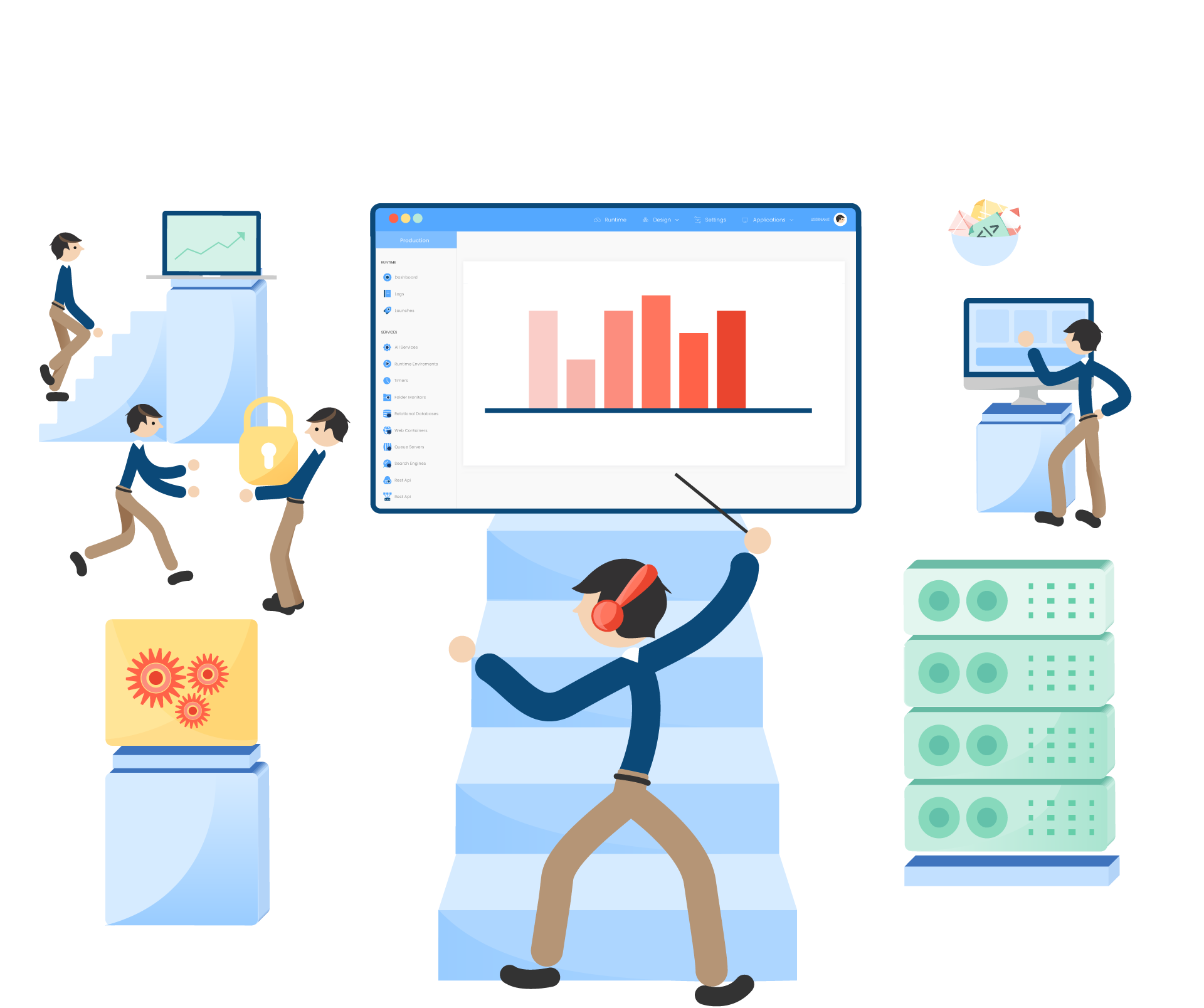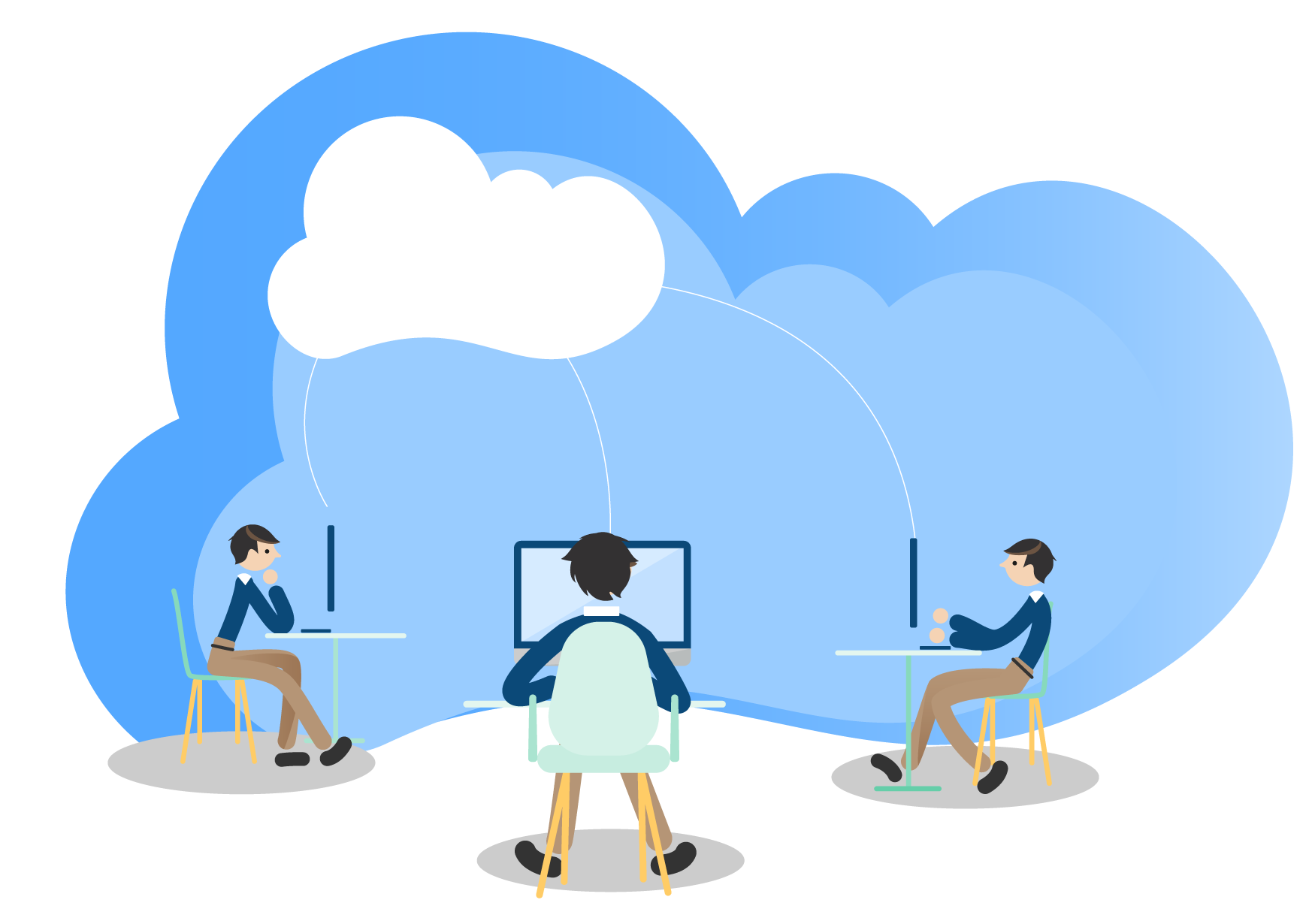Distributed Computing
Distributed cloud or Edge computing allows you to run your business logic in multiple different locations – not only in our cloud but also on-premises or in third-party data centers.

When Location Matters
Edge computing has becoming increasingly popular due to IoT, processing data near the source can significantly reduce storage and latency. This is also true for integration, automated processes between your ERP and other in-house system might demand short latency and should not be interrupted due to internet outages. Netlang turns your on-premises machines into compute- and storage resources so you don’t have to worry about latency and offline execution. Additionally, regulations and local laws that demands your data to be in-house are also solved.
Execute
Netlang provides autonomous execution control and can continue to run on-premises even when the connectivity to the outside world is broken.
Secure
Netlang uses End-to-End encryption and provides secrets to your runtime only when needed.
Balance
Netlang balance the load across your on-premises resources or if needed use the power of the cloud.
Monitor
Netlang gives you an overview of your distributed resources and their status, all in one single place.
Serverless Computing
Do not worry about maintenance and capacity planning, all integrations created within Netlang can be run in our serverless environment.
Cloud execution also provides a more fault tolerant, if your local execution environment fails the cloud can step in and start processing your integrations.


On-premises Execution
Netlang turns your on-premises machines into compute- and storage resources so you don’t have to worry about regulations and local laws that demands your data to be inhouse. This also solves other technical issues like latency and offline processing.
How it works
Netlang is from the begining developed for running on different location, it does not matter if it is plain java or created within our low-code tool.
Step 1
Define
With Netlang we introduce Resources, which is a definition of where your data resides and how to access it. It could for example be a database, folder on a local computer or an FTP-server.
Step 2
Develop
When developing, either in plain java or in our low-code tool, you always use Resources to communicate with your data source.
Step 3
Deploy
When setting up the runtime environment, you can select several servers, both on-premises or in the cloud. It is also possible to weight the load between them.
Step 4
Run
When your script or java code is running and the Resource isn’t available on the current instance Netlang handles the communication with the instance where the data resides. The protocol is designed to be light weighted and requires no changes in infrastructure.
